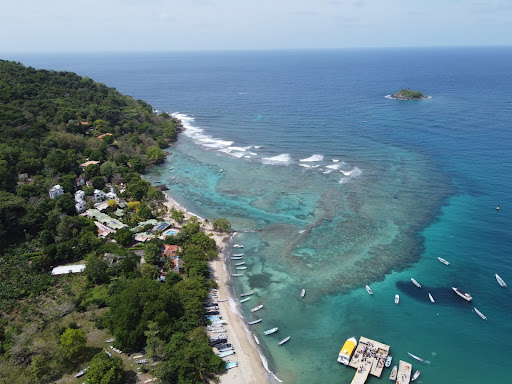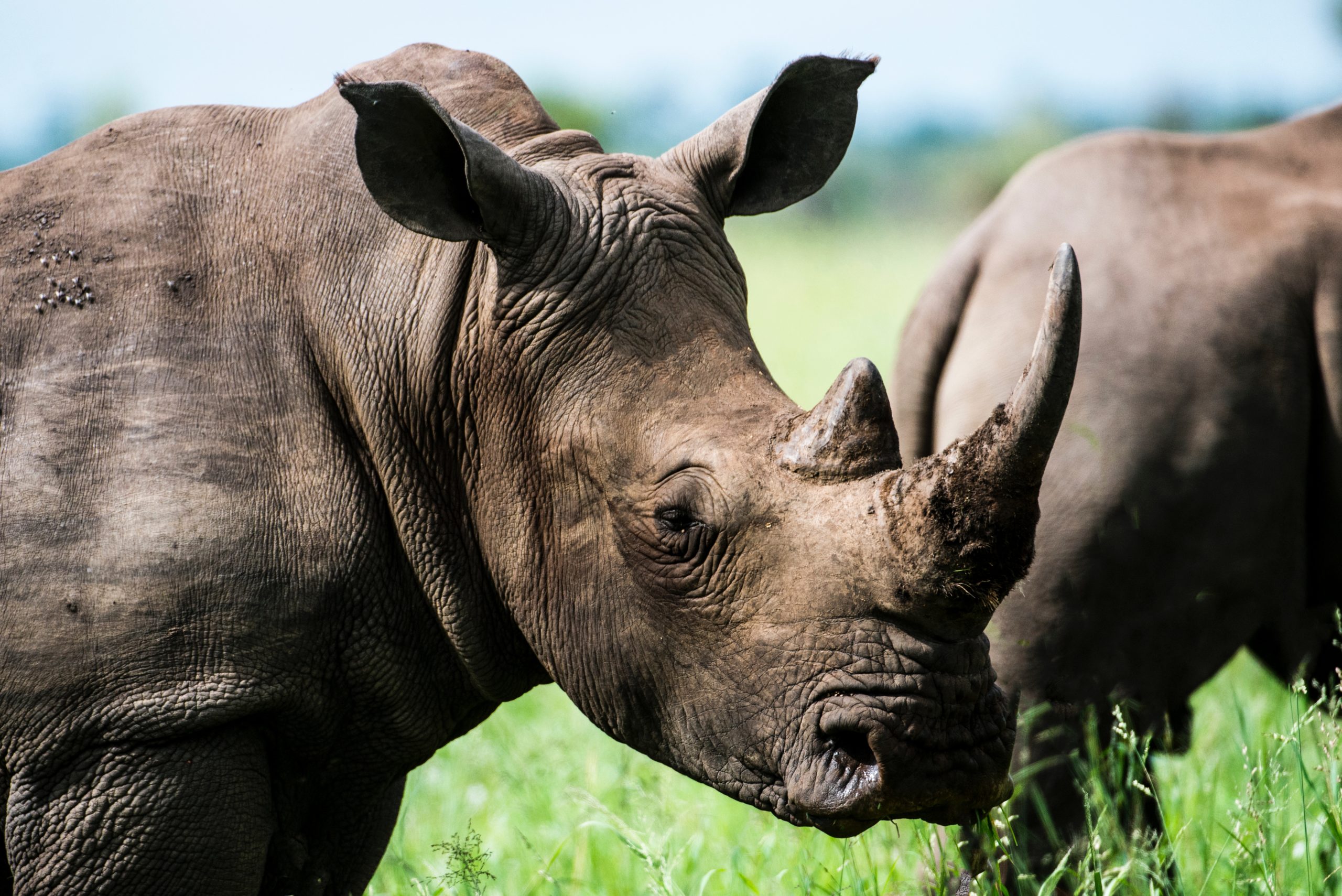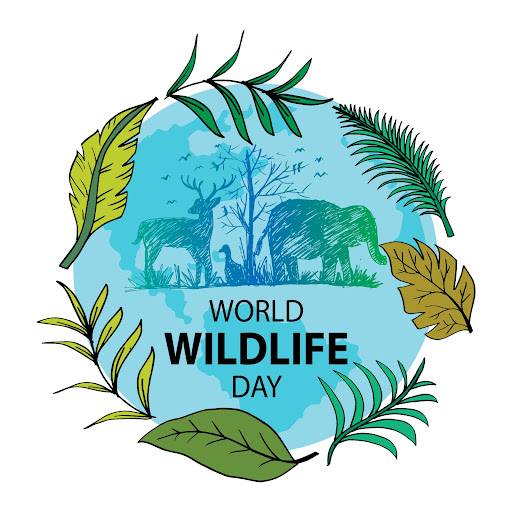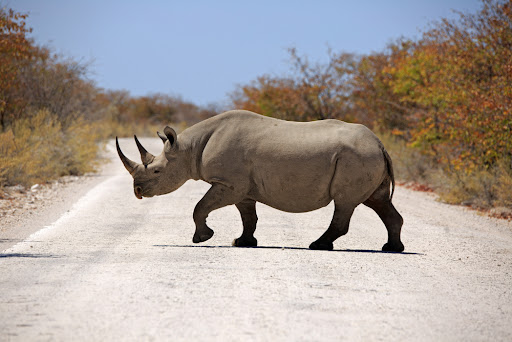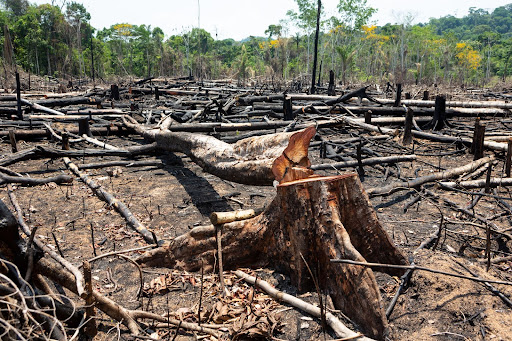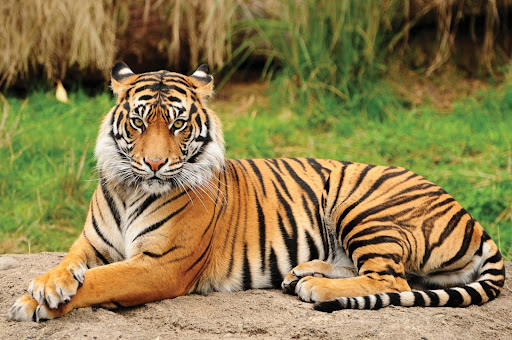Partaking in nature based tourism while visiting Capurganá, Colombia is a tool to drive economic success, protect biodiversity, and build a strong social impact.
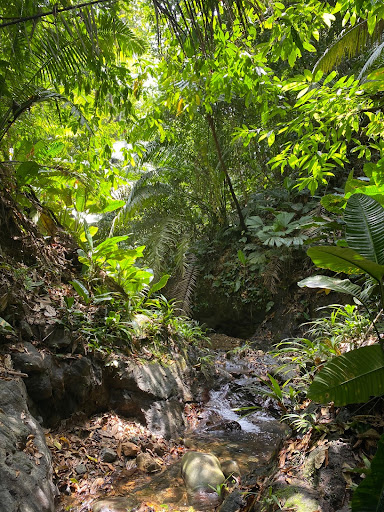
Colombia is one of the most biodiverse countries in the world. This provides a tremendous opportunity to improve its competitive edge for nature based tourism both internationally and domestically. In fact, USAID Nature Tourism Market Research shows that for international travelers, experiencing the biodiversity of Colombia was the highest nature-based motivation to visit the country (USAID, 2021). Colombia also has extremely diverse landscapes, from the Caribbean coastal desert of La Guajira, tropical rainforests on both the Pacific and Caribbean, brisk mountainous cities of the Andes, grassy plains of Los Llanos, and of course the dense Amazon of the South and West. It’s no wonder the domestic tourism market of Colombia is also attracted to these nature tourism areas, enjoying the beauty of the natural attractions and connecting with the rural and indigenous communities. Visiting Colombia and making the adventure to Capurganá is the perfect way to engage in nature based tourism.
What is Nature-Based Tourism?
The Government of Colombia provides the definition of nature based tourism as the interrelation and appreciation of the environment in its pure state. Conceptualizing this with the definition of sustainable tourism, and you have nature as the driver for economic benefits, socio-cultural development, and environmental preservation of landscapes and biodiversity. Together, these nature tourism activities are developed in response to the needs of the visitors, destinations, host communities and the tourism industry. Nature tourism is seen as an umbrella product, with ecotourism, adventure tourism and rural tourism underneath.
Meet Capurganá, Colombia!
Where the dense, tropical jungle meets the Caribbean Sea lies the epitome of natural wealth that is Capurganá, Colombia. The lush, green jungle hosts an incredible amount of Colombian animals, insects and amphibians, while the sea boasts abundant marine life. See the chart below for a few examples of plants and animals in Capurganá, Colombia:
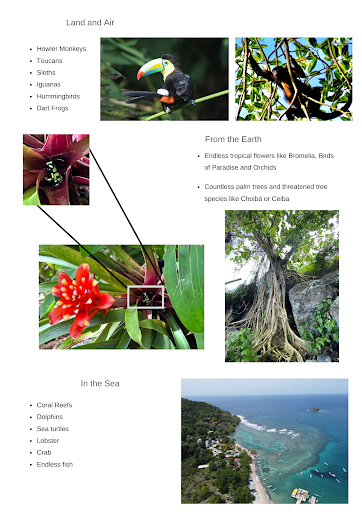
Capurganá Nature Tourism Meets Adventure and Eco-tourism
The definition of adventure tourism is to engage in adventure activities, such as hiking, climbing, rafting, scuba, and the like, and is often set in the wilderness or remote areas. How to get to Capurganá? Well, it is about as remote as you could ask for. Not accessible by car, you can get to Capurganá by boat or small airplane. The abundance of natural attractions provides a haven for adventure tourism activities. Hike the coastal paths to natural pools or nearby towns. Scuba dive or snorkel in the turquoise waters. Boat to nearby mangrove forests. Kayak across the bay or to the nearby island. And trek across country borders to Panama through the jungle and over the mountains, by way of the small town of Sapzurro, Colombia. The importance of conserving Capurganá’s vast amount of natural capital is vital to the success of local sustainable tourism development. To that end, the Adventure Travel and Trade Association explains adventure tourism as “even more dependent than other forms of tourism on human and nature capital. The protection and thoughtful promotion of these resources is crucial for the social, cultural and environmental integrity of any destination.”
Ecotourism in Colombia is abundant, and if you are looking to plan an eco trip, then Capurganá, Colombia is a fantastic choice. The International Ecotourism Society provides the definition of ecotourism as “responsible travel to natural areas that conserve the environment, sustain the well-being of the local people, and involves interpretation and education.” There are many activities in ecotourism in Capurganá through the plethora of ecotourism areas within and surrounding the town. La Coquerita is a coastal nature reserve offering access to a stunning natural pool. A hike through the shallow rivers and jungle allows the observance of bustling wildlife and lush flora. Often times the accommodations in Capurganá provide a local tour guide to help build environmental and cultural awareness along the trip. Some private sector businesses even build their values around ecotourism and nature tourism concepts. Casa Galú boutique hotel seeks to provide meaningful experiences to their guests by preserving its natural and wildlife surroundings. They inspire responsible interactions with its pristine setting through low impact facilities and respectful wildlife observance.
Conflict Zones: a difficult history, current opportunities, and a bright future
Many of us know about Colombia’s history of war and forced displacement. But as peace has spread over the recent decade, Colombia is making a new name for itself. “Make Tours, Not War” is the slogan of Colombian tour operator Impulse Travel. Building off of the socio-cultural development aspect of sustainable, nature-based tourism, Impulse Travel is “writing a new history – one of peace, resilience and hope.” Watch this short video displaying how they use “the power of travel to create a peace movement through tours.” 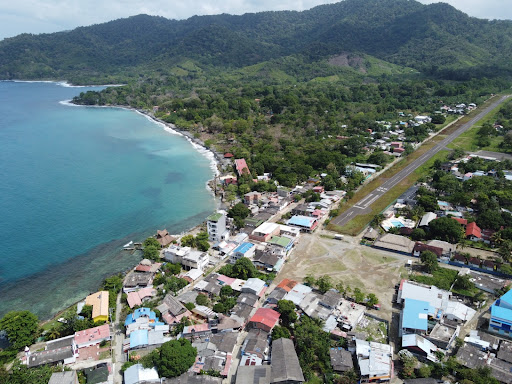
Capurganá is located in the Chocó department and Acandí municipality. The Colombian government’s website on regional improvement strategies has designated the Acandí municipality as 1 of 12 former (in the past) conflict zones within the Chocó department. It can take many years for former conflict zones to recover post-conflict, and this initiative will put various strategies in place for the betterment of the local economies, environment and socio-cultural development. Nature tourism is the perfect tool to achieve this in Capurganá. If it can be more widely taught and properly executed then it will generate income, conserve biodiversity, and reduce harmful land-use changes.
Solimar International has worked in several regions that have seen conflict, including the department of Chocó in Colombia. Check out Solimar’s approach to addressing tourism challenges in conflict zones, particularly through stakeholder engagement, organizational structuring and strategic marketing.
Effective Education and Strategic Planning for Nature Tourism Benefits
By now, we know that Capurganá has an abundance of natural wealth, with great value to both the local community and travelers. But that is not to say it is always properly utilized, appreciated, or even recognized by locals and visitors alike. In Capurganá, education on the benefits of nature tourism may just be the number one need to properly implement these concepts. Through research, education, planning and monitoring, nature tourism development strategies “can be an effective tool for stimulating economic growth, alleviating poverty, conserving biodiversity, preserving culture and traditions, and creating employment opportunities for local communities,” as stated by Solimar International’s strategic planning approach. Of course, it is not solely up to the local communities in destinations like Capurganá to uphold the concepts of sustainable, nature tourism. The travelers must be educated as well. To that end, the nonprofit organization RISE Travel Institute’s mission is to inspire responsible, impactful, sustainable and ethical travel through traveler-focused, online educational courses that cover topics such as biodiversity conservation, animals in tourism, inclusivity, and much more.
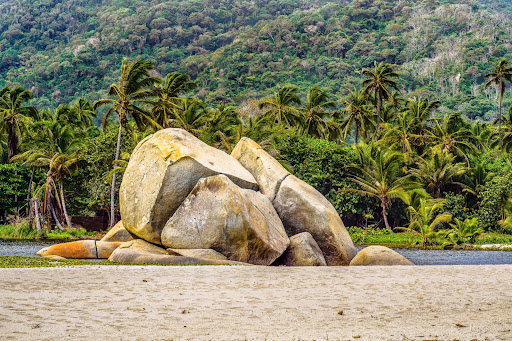
A major opportunity to build sustainable, nature-based tourism development in Capurganá comes from capacity building programs. In remote destinations, access to adequate resources for proper training can be a challenge. Solimar International describes their successes in workforce development trainings in Colombia’s Chocó department, near the Utría National Park. Other National Parks in Colombia also provide a great example of structured organizations that implement strategic plans and monitor actions for biodiversity conservation, negative land use changes, and improving local livelihoods.
Capurganá currently has a handful of individual people and private companies that work towards responsible environmental action and to improve local culture. However, it lacks the formal organizational structure with proper authoritative figures for effective implementation and monitoring. Capurganá could greatly benefit from a structured Community Based Organization to engage and empower destination stakeholders for strategic, nature tourism planning. As shown in Solimar International’s blog on community-based tourism, this is an extremely effective and customizable tool. Take the Jamaica Community Experiences project for examples on community tourism branding, training and product development. Another valuable tool is Solimar International’s courses on Destination Management Organization (DMO) Development, where they teach DMO stakeholders how to responsibly manage and market tourism within their destination.
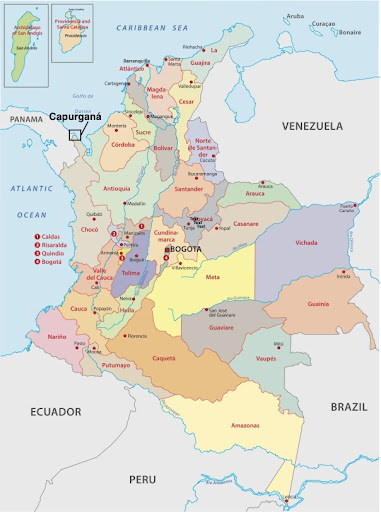
Conclusion: From Local to National Opportunity
Capurganá, Colombia’s high level of natural wealth is a prime opportunity to build on the concept of nature tourism. To improve its competitiveness and long-term sustainable tourism development plan in order to generate income, conserve biodiversity, reduce land-use change and build a stronger community. As the country of Colombia seeks to position itself more competitively in the nature tourism industry, small communities like Capurganá could benefit immensely from joining the movement.
Want to learn how to help your destination or community reach its sustainable tourism development goals? Check out these resources on Solimar’s website, or contact us for more info!
